Review: Sigma’s dp3 Quattro Technology Needs More Time For Improvements
![]()
Sigma’s dp3 Quattro compact camera is a very different piece of photographic equipment. From the unit’s elongated body shape to its internal Foveon image sensor, it is a mini technological and design wonder. However, just because a piece of tech is fascinating does not mean it will be suitable for its craft. The Sigma dp3 Quattro may be mesmerizing, but is it worth the $1000 price tag?
The Technology
The dp3 Quattro features a 19.6 MP APS-C SMOS Foveon sensor, 50mm f/2.8 fixed-lens with ten elements in eight groups, sensitivity unto ISO 6400, and a shutter speed maximum of 1/2000th of a second. The Foveon sensor is the internal piece of technology that Sigma is hoping will differentiate their cameras from others on the market.
![]()
Foveon Inc. is a digital imaging sensor company that was acquired by Sigma Corporation in 2008. The Foveon sensor is different from other sensors due to the way it captures light. Instead of having an array of pixels only able to capture certain wavelengths, the sensor uses three stacked photodiodes that take advantage of a silicon wafer’s ability to absorb different waves of light at various depths. The operation is very similar to how light permeates different depths of analog film.
![]()
The Design
Unboxing SIGMA’s latest creation is an exciting experience. The dp3 Quattro looks like someone attached a side grip to an existing compact. Our first thoughts were ergonomics; the design is fantastic, but is it comfortable? To our delight, the unit is quite enjoyable to hold. In fact, it is more comfortable to hold than many of the other cameras we have used in the past.
![]()
The entire body of the SIGMA dp3 is a matte black plastic with an exiguous texture that adds a sturdy feeling of quality. Two rubberized pads can be found near the camera’s protruding grip, which allow easy grasping of the unit. The front pad accommodates two of your fingers while the back pad allows your thumb to easy rest on the control buttons.
![]()
With its minimalist design, the SIGMA dp3 is a device modernists will have a hard time not loving. The front and sides of the unit are completely free of controls. However, the camera proudly depicts its name, ‘dp3’, in bold white lettering. A thick rubberized door upon the right-hand side ensures that your USB port and SD card slot will never accidentally be exposed.
![]()
The Controls
The top of the unit features three buttons: power on/off, mode selection, and the shutter. The top is also home to the sub-command and primary-command dials, along with the hot shoe. Both dials have hard satisfying clicks to their turns, along with a dulled spike texture for easy manipulation. The primary-command dial is wrapped around the shutter button, ensuring that you never miss a shot due to control hunting.
![]()
On the back of the unit we find the unit’s 3-inch 921,600-dot LCD that functions decently, yet feels small compared to the rest of the camera body. We were also quite disappointed that SIGMA chose not to include an EVF at this camera’s price point. Many of the existing mirrorless cameras on the market that touch the $1,000 price point include beautiful EVFs for professional style shooting. If you choose the SIGMA dp3, you will be relying wholly on the unit’s lackluster LCD.
![]()
The camera features five buttons on the back near the LCD and a four-way controller placed on the extruding grip. The button functions include adjusting display info items, a quick selection menu, automatic exposure lock, access to the main menu, and a playback option. The four-way controller on the grip also allows immediate access to focus types and movement of the focusing point.
The Performance
You will only have nine focus points to work with, but the primary-command dial enables you to adjust the points between three different sizes. In addition, a quick press of a button will allow you to switch the unit to automatic face detection mode. Manual focus is quite good as it is aided by focus peaking and 5x magnification. Overall, we felt the autofocus system was a tad slow and the camera continually hunted for a lock even in well-lit environments.
![]()
RAW photographs captured by the Foveon sensor are stored in Sigma’s ‘X3F’ filetype. A free application is provided to convert ‘X3F’ to ‘DNG’ files because Adobe’s software suite does not currently support the proprietary format. This process adds an additional, yet minimal, step to your workflow if you regularly work with RAW files during post. For more sample images please visit the official PetaPixel Flickr page.
On the bright side, the Foveon sensor performs quite well in brightly lit environments. The built-in 50mm f/2.8 Sigma glass produces beautifully contrasted, vibrant imagery. If you intend to be shooting with the camera out during the day, you will be quite happy with the images produced. Chromatic aberration was evident but no more than many other lenses in this price range.
Unfortunately, if you are thinking about using this camera in even slightly dim environments then this is not the kit for you. The SIGMA dp3’s ISO noise performance is among the worst on any camera we have reviewed. Performance is quite good up to ISO 800. ISO 1600 performed decently, but go beyond that and you might as well leave the camera at home. You can check the results below – and no, we did not splatter ketchup on the lens, it actually looks like that.
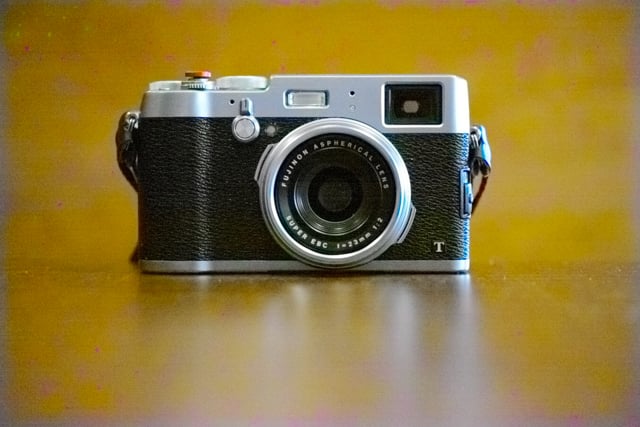
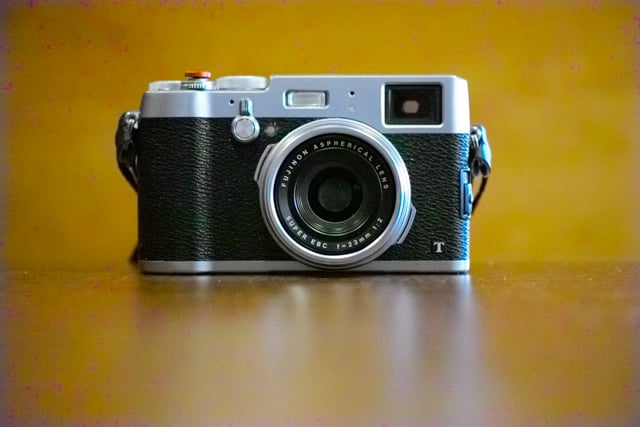
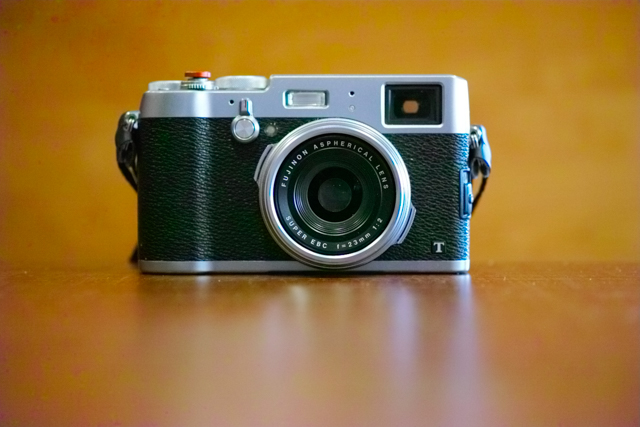
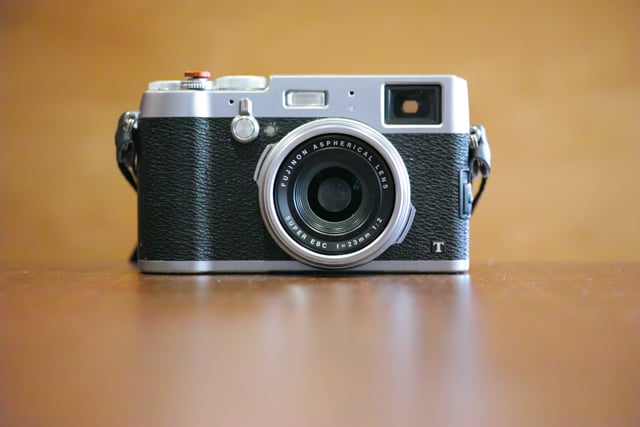
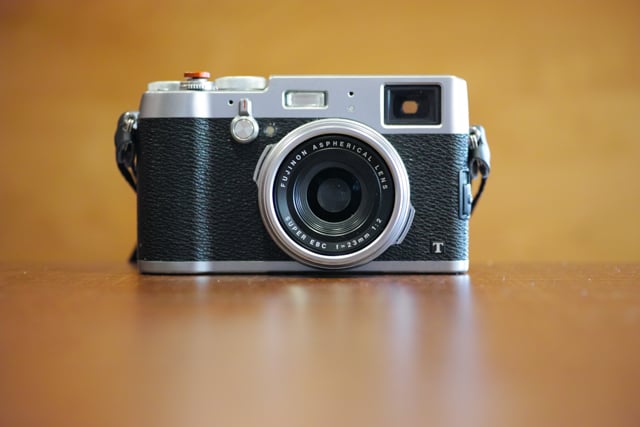
![]()
The Conclusion
When we saw the eccentric design of the dp3, we were excited to review it – we wanted to love it. Unfortunately, the device works quite poorly. While the menus are easy to navigate and photographs taken during the day are beautiful, incredibly horrendous ISO performance, slow autofocus, and a lackluster LCD viewfinder make this device very hard to recommend.
SIGMA has a revolutionary sensor on their hands, but it feels like a beta product. If the company can improve the Foveon’s performance in low-light and tweak their software, then the next generation of the Quattro lineup may present a number of excellent options. However, for now, we recommend staying away from the SIGMA dp3 Quattro until they can profoundly improve upon its performance in future generations.